Have you visited Colosseum? Have you known Colosseum and its history? What about Colosseum secrets?
Colosseum is definitely the NO.1 site that every tourist who comes to Rome, wants to visit. It stands there since 80AC and becomes a sign of the Imperial Rome, now it is one of the New 7 Wonders of The World to tell the human history.
Days ago, I posted a photo of Teatro di Marcello in my Instagram story and asked people to vote that they thought it was Colosseum or not. Surprisingly, I’ve got 84% of the wrong answers. That brought me this idea to share the secrets of Colosseum.
As I write down the points, somehow, the final number of those bullet points just surprised me. Really? I’ve counted so many! Guys, let’s start and we count together how many Colosseum secrets can we have.
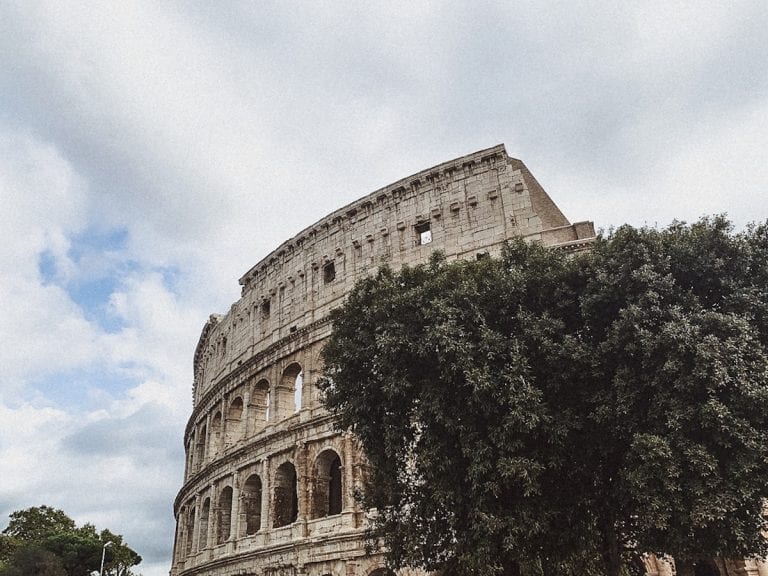
When was Colosseum built?
It was built since 71AC1 by the order of Emperor Vespasian, who was actually the first emperor of the Flavian dynasty. Unfortunately, Vespasian didn’t live long enough to witness the realization of his great ambition. He was actually dead exactly one year before the completion of Colosseum. In 80AC, his successor and heir, Emperor Titus achieved the goal.
It took 9 years2. You might say, “Wow, such a long time!”, but wait. It was before the first century and there barely existed science and technology those we are used to. 9 years to complete one of the world wonders in the modern 21st century, was a miracle.
Such a great job done by Titus, of course, he threw a huge celebration. There was a 100-day inauguration3 to show Colosseum to the world. There were nearly 2000 gladiators and 9000 animals4 involved in the 3-month inauguration. However, we all know that, another Emperor made a new record later on.
How was Colosseum like?
It was a massively huge “theatre”! It could officially host 50,000. if it was the most famous gladiator show, the number might turn out to be 80,0005, because people just squeezed in. On the other side, there were some records, saying that to evacuate those 50,000 people under emergency cost only 15 minutes6. It was another miracle, thanks to the genius design from the ancient Romans.
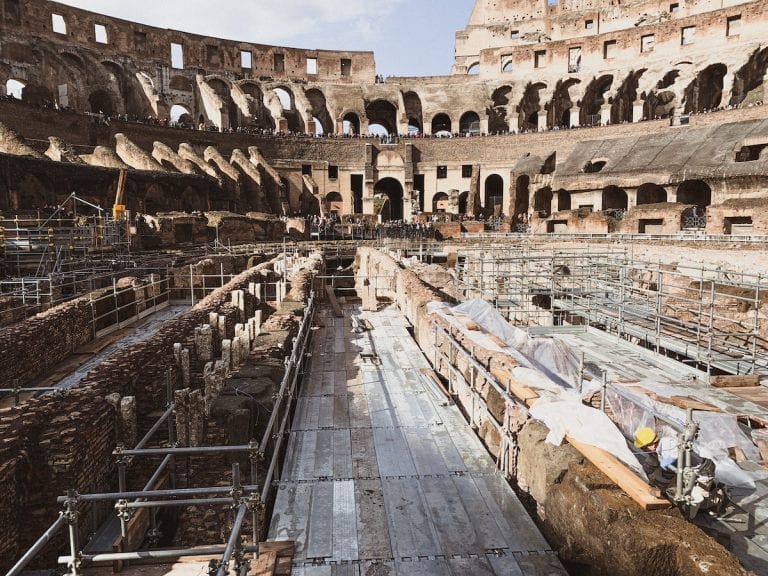
Why was Colosseum built?
The reason is not that much different from why nowadays we build a huge stadium. City image? Potential Economics? Public benefits to the city residence? Well, Vespasian’s purpose hit a little bit of everything.
First, he chose to build Colosseum specifically at the location where Ex-Emperor Nero’s fake lake was7. Nero wasn’t an Emperor admired by the Romans and his famous lake was part of his crazy private palace. Personal use only! Vespasian seized this chance to show his politics strategy8. Colosseum was a big project for the Rome residents for free9. The empire and the emperor arranged the show directly, so it became a symbol of sharing royal fortune with the normals.
What was Colosseum’s name?
This may be a strange question.
Colosseum’s original name, or true name isn’t Colosseum. It was called, Flavian Amphitheatre10, since it was built by Vespasian and Titus, who were two emperors representing the Flavian dynasty across Roman Empire history.
In fact, the name was very practical as its creator and shape, however, people loved something more “poetic”. Colosseum was a derived name from the bronze statue11 near it. It was a 30-meter bronze statue outside one Colosseum entrance where nowadays the ticket office is. It was called Colossus of Nero or Colossus Solis because it was built by Emperor Nero and it borrowed the figure of Sun God, Apollo. However, it was with the design of Nero’s head. Unfortunately, this huge statue was missing from the Middle Ages.
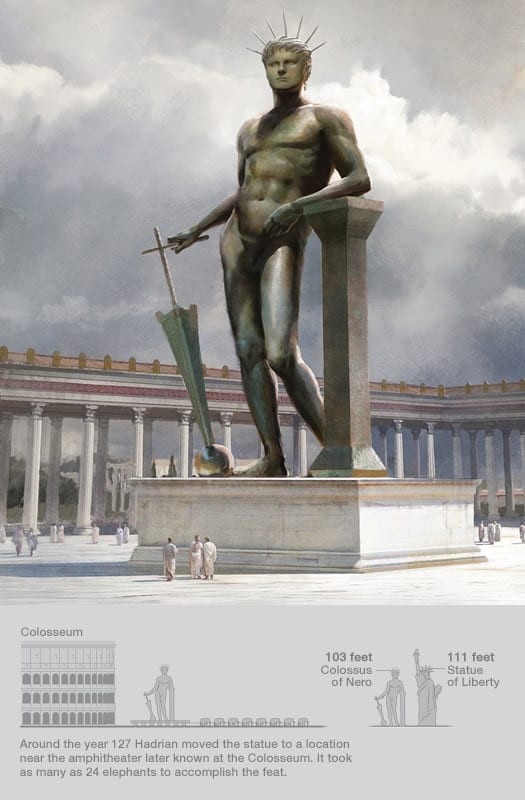
When mentioning Colosseum, you always think about the gladiator
If you have been to Colosseum, you must not feel unfamiliar with the gladiator costumes and the street-business of taking a photo with the gladiator. It seems that the Colosseum is always with the gladiator, however, it is another misunderstanding.
Colosseum is much “younger” than the history of the gladiator12. The records of the gladiator fights told the fights were taken place at Foro Boario in 254BC, when is much earlier than Cesare took over Rome. During Cesare and Augusto’s time, they moved the biggest shows to Circo Massimo. The origin of the gladiator fights is sacrificing to the Roman gods instead of purely entertainment.
Why Colosseum was so famous in Roman times?
Without a doubt, the gladiator fights were the most exciting to the spectators, however, the “shows” inside Colosseum were much more than that13. They had a daily agenda! In the morning, there were fights among exotic animals captured and brought from the territories where the Roman armies conquered. Elephants, lions, leopards… there was even giraffe. Midday was the time for the executions. We all know, ancient Romans were fond of blood. In the afternoon, it was the gladiator fights.
The gladiator fights must be “entertaining” with high and low moments! The ancient Romans developed Gladiator School14 which has a direct path connecting to the underground tunnel of Colosseum. In the beginning, the gladiator might be the slaves and criminals. When it became a great show and beloved by the public, people who wanted glory or purely fortune would join the training in the Gladiator School.
Talking about the ancient Romans’ creativity to entertain the public, I have to mention the theory about Navy Combat Show15 taken place. They filled up the whole Colosseum arena with water so that the real boats could flow. The scientists and archeologists still couldn’t figure out how they did it, or maybe whether this is real or not.
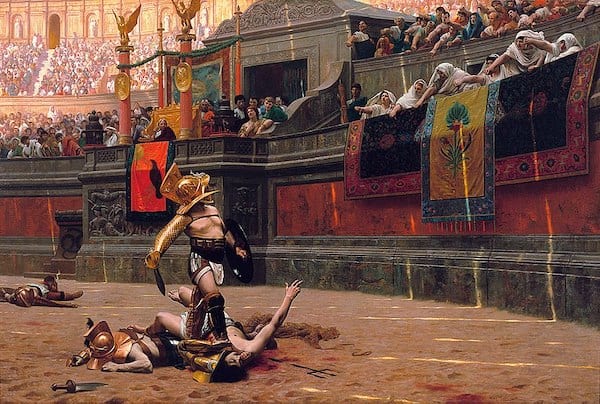
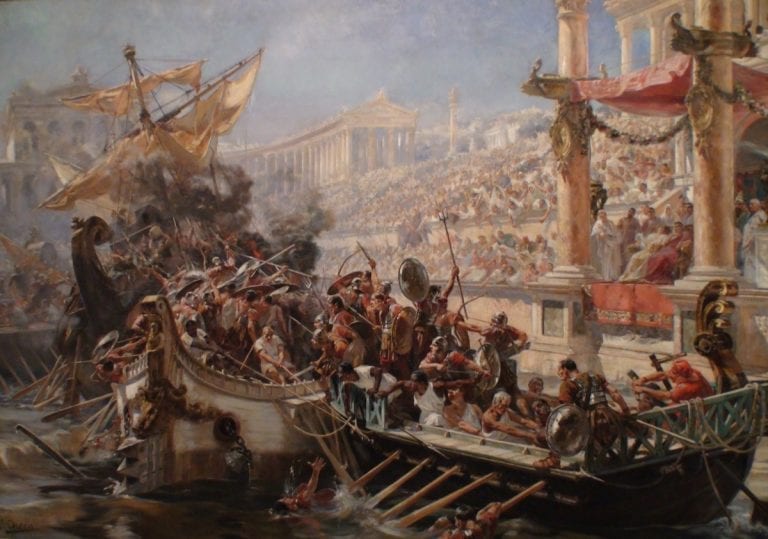
How is Colosseum’s underground part like?
The underground of Colosseum is open to the public visit now as long as you signed up for a private tour managed by the Colosseum directly. (I will put the information at the end)
The underground part of the Colosseum was well preserved because it was discovered only until the late 1800s16.
So, how does it look like?
First, you entered from the east gate, exactly like those gladiators did thousands of years ago! Yes, there was one way to get in for the gladiators, however, they had two ways out17. If they won, they left in the same way they entered. If they lost, and I mean they lost their lives, their bodies would be carried out from the west gate.
Second, the underground nowadays was clean and bright, because the original arena was gone. However, when Colosseum was in use and its arena covered by sands were there, it was a dark world underground. In order to maintain a high entertaining level with excitement, surprise, and shock, the ancient Romans designed many hidden doors and lifts in the underground18. The wild animals were kept there and would be released through any hidden door when it was the time. Following our tour guide, we saw those restored models of lifts and hidden doors, however, we could never imagine the smell of blood, sweat, animal odor mixed with the emotions from darkness, fear, and craziness.
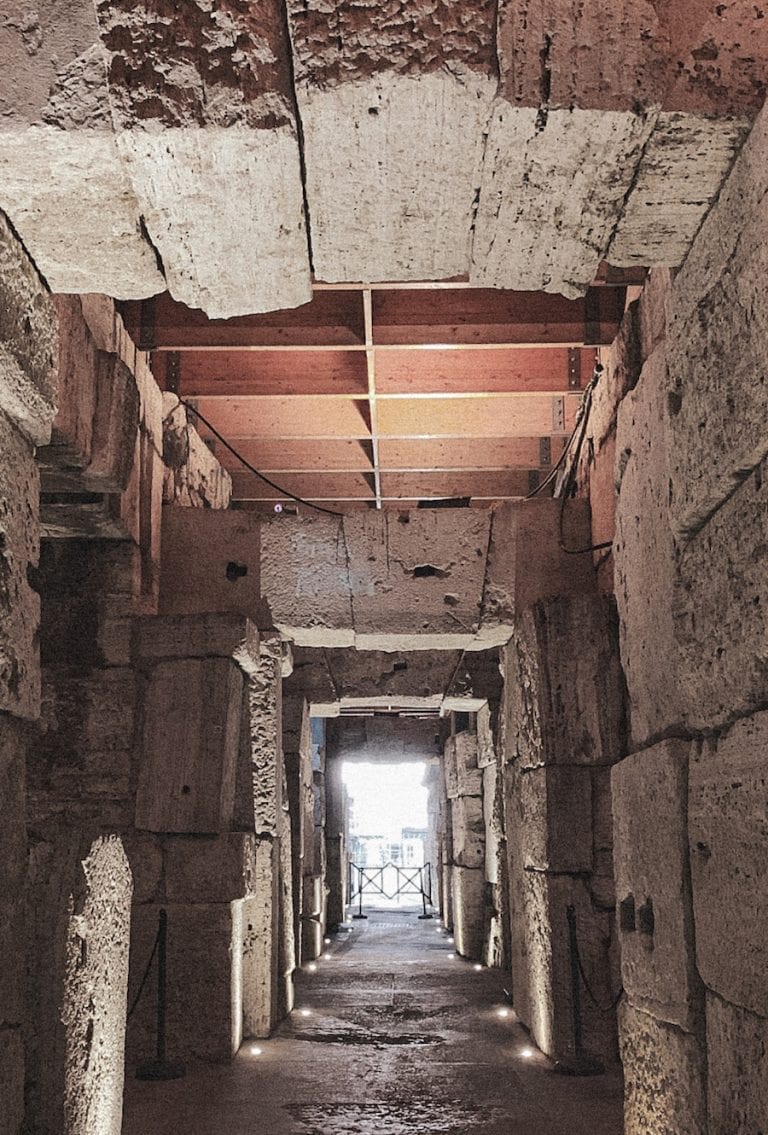
Does Colosseum inspire many modern architecture designs?
In the underground part, you will see the original drainage system19 of Colosseum. It carried away the blood, the sands and the rainwater accumulated from the arena above. Even today, this system is still working as its original design.
The entrance to the Colosseum is totally free, however, there were business activities. So, what were they? Snack-selling20! There were people carrying and selling different snacks among the spectators in Colosseum. Sounds familiar to what you’ve seen last time in a stadium?
Another modern inspiration is the genius design of the seat-arrangement system. The tickets were free, but it was not easy to get. Most of the tickets were for royal families and important families, and naturally, who was a friend with those people could secure a spot.
Colosseum has 3 levels and each level had its own audience. The archeologists thought the Emperor seated at the first level near the south gate21 because Palatine Hill was at the back where the Emperor’s palace was. Senates and priests seated at the first level too. Merchants and other important people of Rome seated at the second level. The very normal class was on the highest level where they probably needed a telescope.
Each ticket had 3 digitals22. The first number was to tell which gate to enter. The second one was for the level and the last one was for the seat. It was said, the Colosseum was very well-organized with this 3-digital seating system, and to evacuate everyone within 15 minutes was possible.
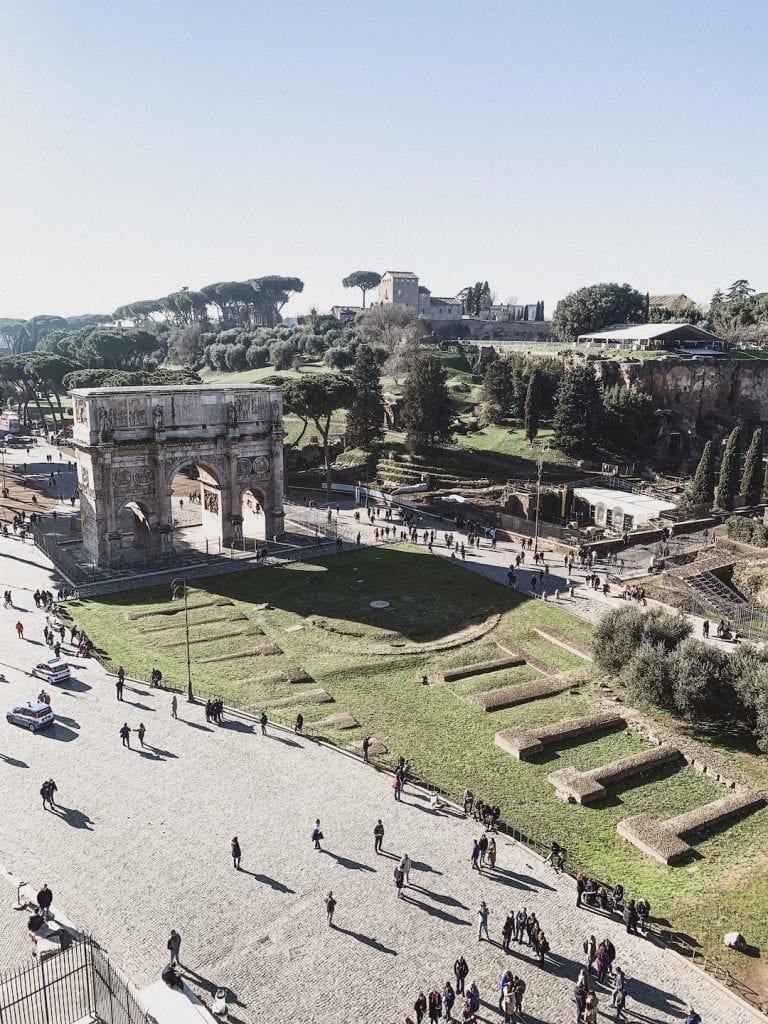
When was the last glory of Colosseum?
It was very likely around 435AC as the last mentioning of the gladiator fights were around those years23. Since that until the 6th century, there were still some maintenance projects and small animal combats in Colosseum, but nothing in a bigger scale.
However, Colosseum was never abandoned. From the early medieval time, different groups of people used it for different purposes24. There was a small chapel inside Colosseum in the late 6th century. After that, people moved inside Colosseum and lived there, even started small merchandise activities. The most famous story was around 1200 when the Frangipani family took over Colosseum and made it their own castle.
Also there were the projects of turning Colosseum into a factory ordered by the Pope or into a church designed by Bernini, however, none of those ideas were realized.
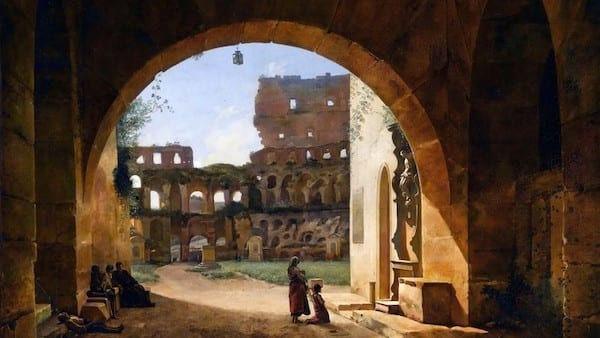
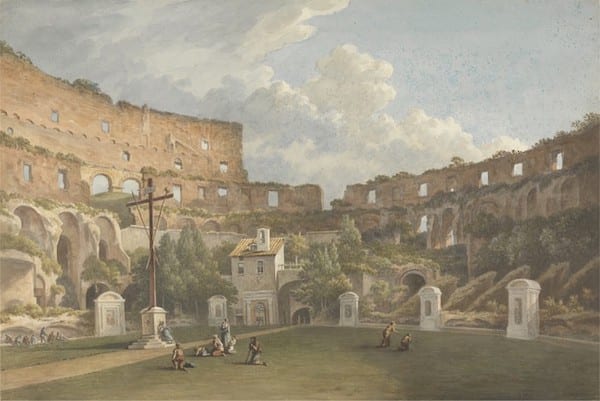
Where was the missing part of Colosseum?
Travertine limestone, tuff (volcanic rock) and brick-faced concrete are the major building material of Colosseum. Of course, to ensure the whole structure, the ancient Romans used bronze as well. Unfortunately, the precious limestone and bronze were “stolen” or officially removed to build others in Rome over the time25. The biggest catastrophe to Colosseum was in the 16th century when the earthquake knocked down the whole southern side. Now, we can only see 2 layers of the ring-shape walls in the south26. When walking inside Colosseum, you will see countless holes in those big blocks of stones. In medieval time, people made those holes in order to get the bronze part.
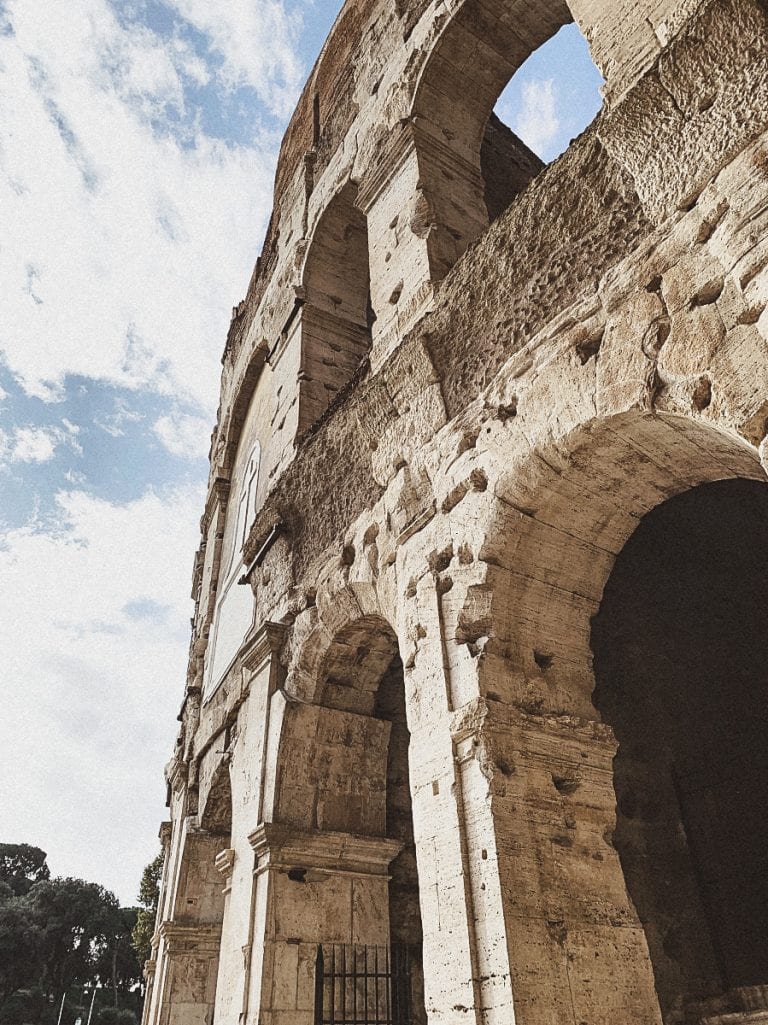
I hope you’ve enjoyed this long reading and did find out some facts and secrets that you haven’t known. In the end, my counting reaches 26, did you get it?
Colosseum Tickets & My Suggestion
I’ve been to Colosseum multiple times, including the private tours of the underground and the 3rd level. If you don’t have a preference for any tour agents, I suggest the official booking site, COOP Culture.
The general entry costs €16/person and it is always a combination of Colosseum, Roman Forum and Palatine Hill.
To book online, you have to pay another €2/each ticket as the admin fee, however, I always do it because it is almost a skip-the-line ticket, or at least I can enter in a faster lane. I just cannot suffer half an hour or even one hour under Rome’s summer heat. Of course, there are other tour packages available, for example, Colosseum Night Tour, Underground and 3rd Level Private Tour (highly suggested) and more.
Read more:
I have a 3-day Rome itinerary covers Colosseum, other major Rome monuments and hidden gems. If you are planning a trip, click here for some inspirations.
If you are hunting the best food experience in Rome, click here and here for my listings in Rome city center and my favorite Rome neighborhood.
Prefer a more local experience in Rome, to explore an old but interesting Rome neighborhood is my suggestion. You might want to read this one.
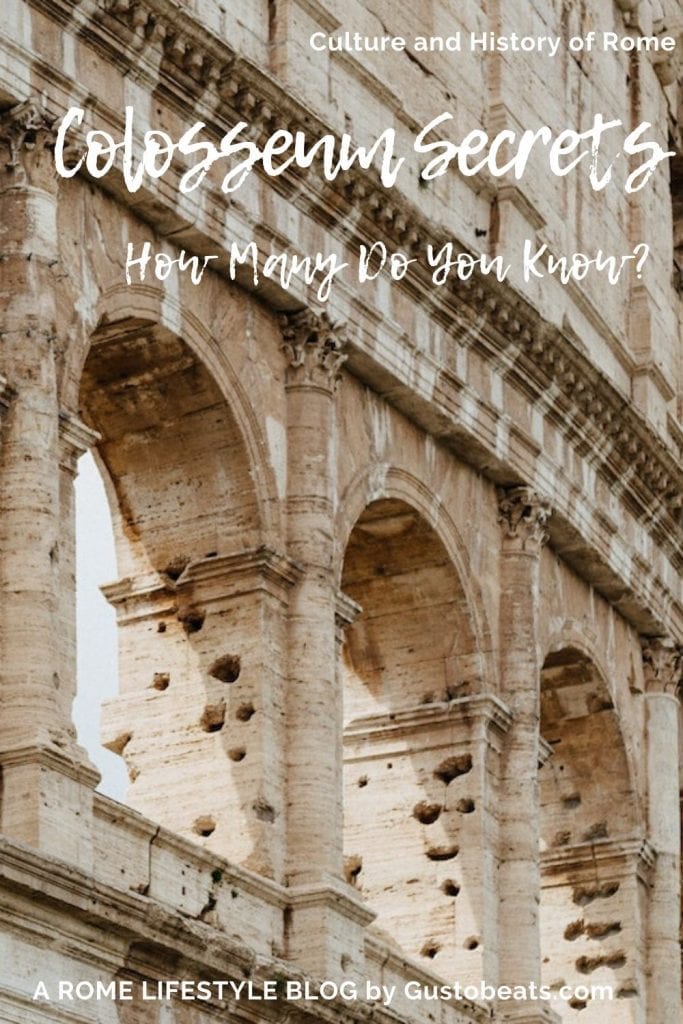
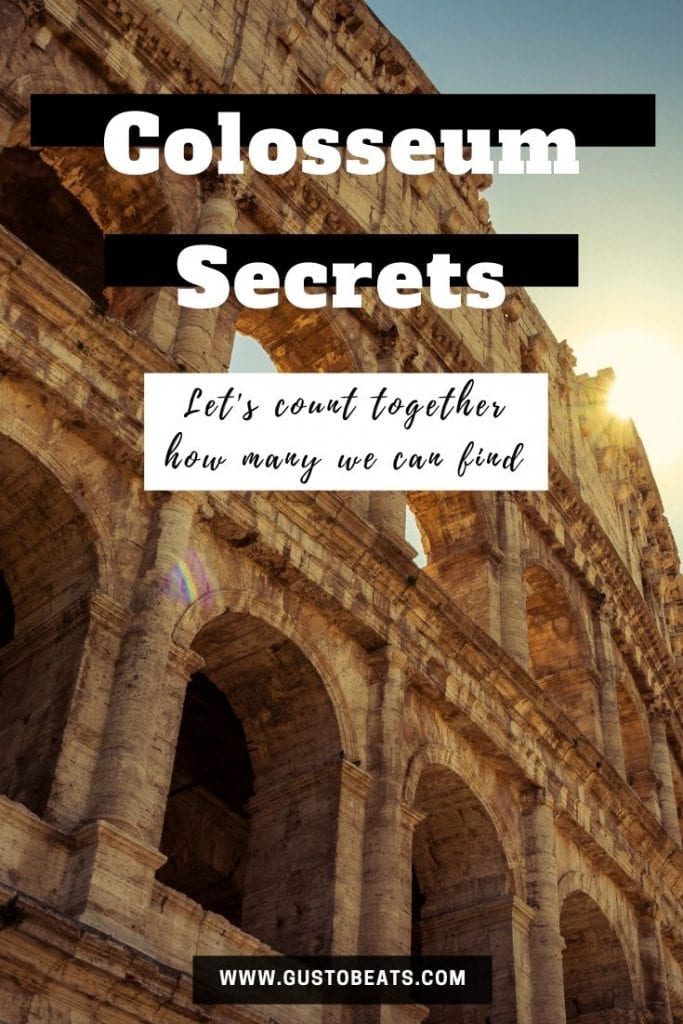

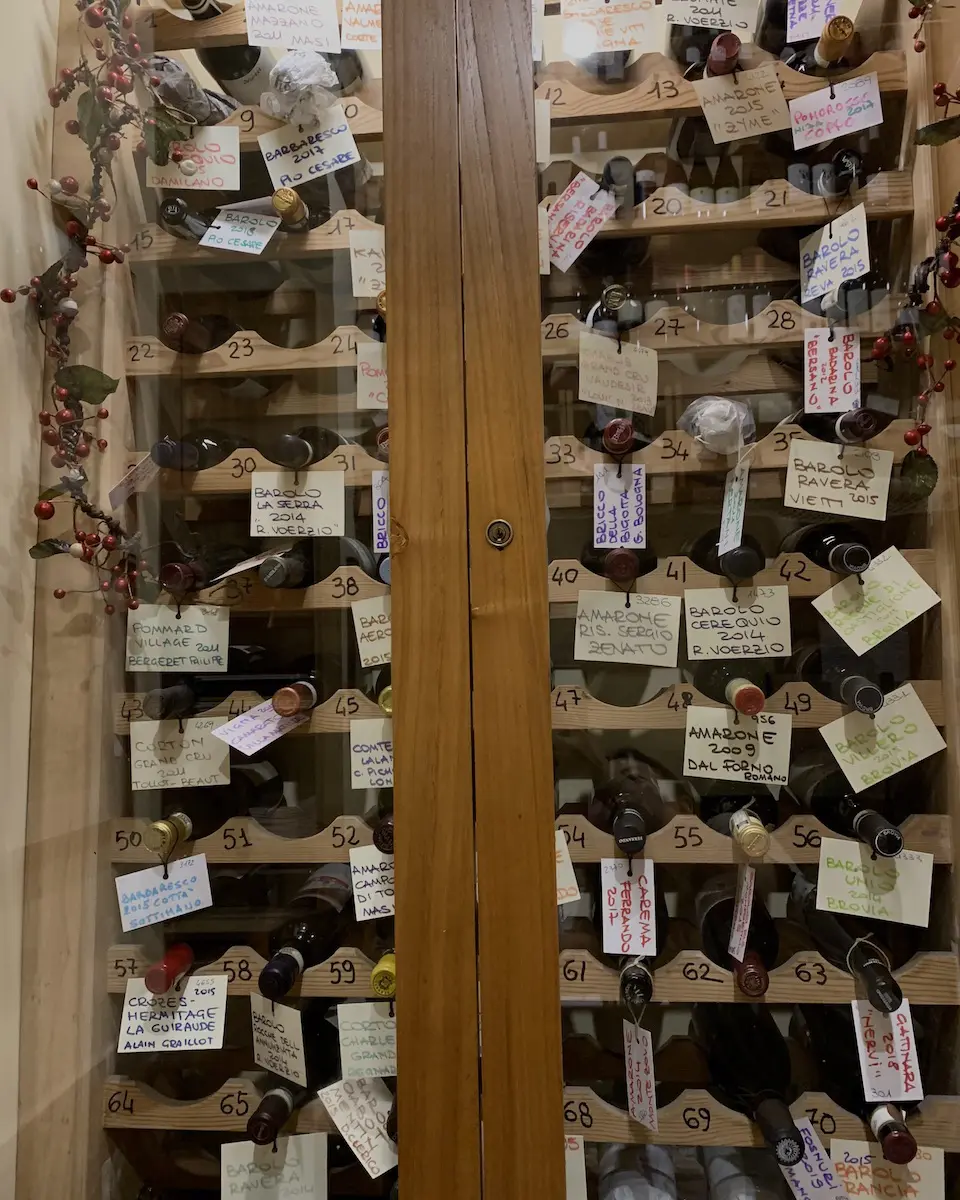
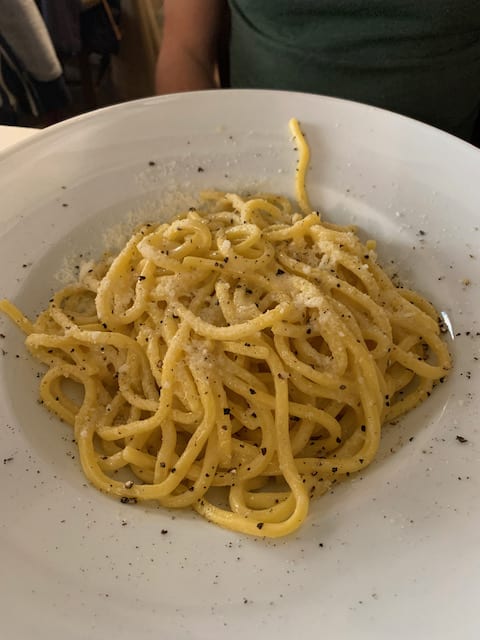
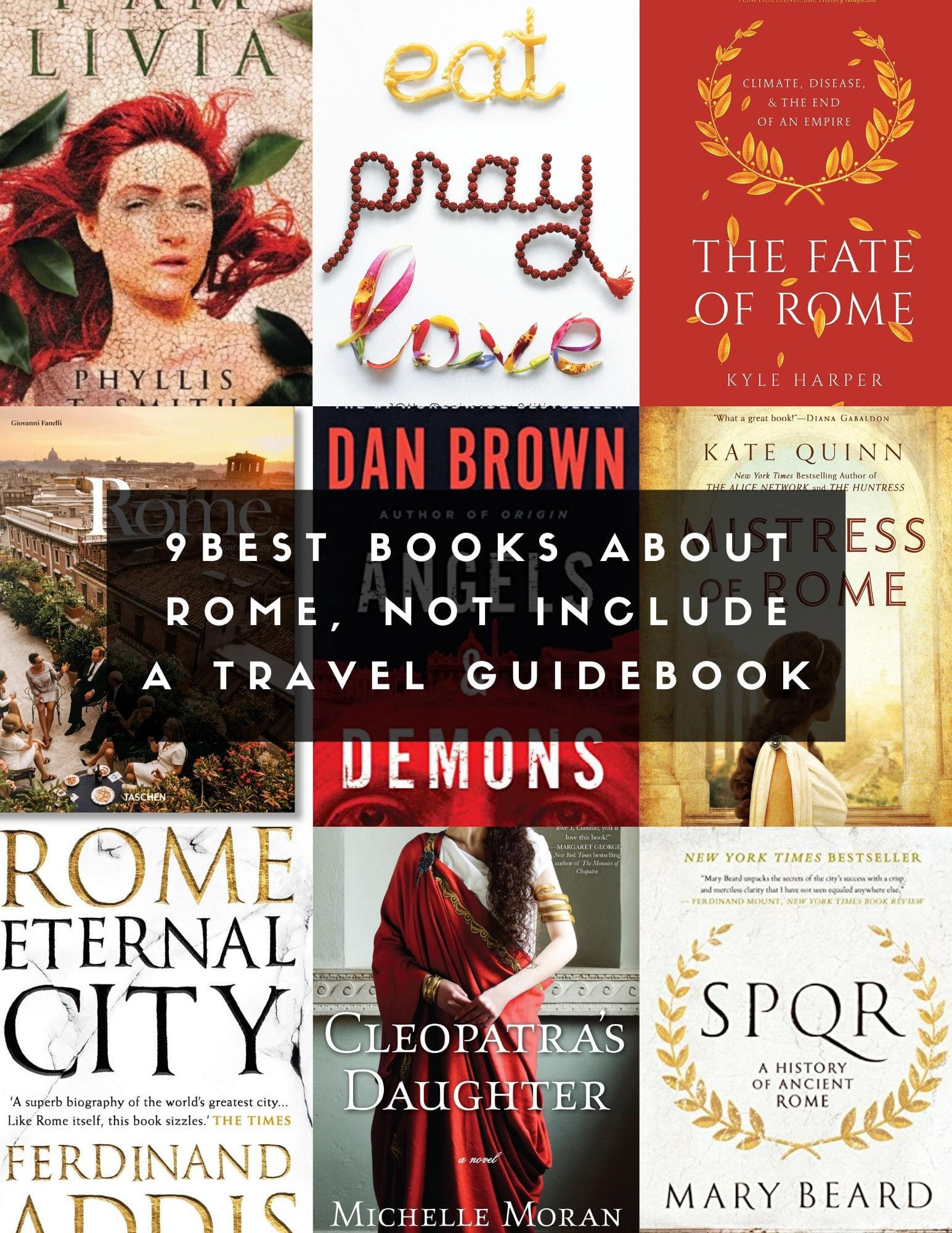
28 Responses
Okay these facts are fascinating!! I can’t believe there is still so much unknown about the colosseum!
I’m glad that you enjoy reading those facts. Well, I believe I haven’t discovered all (that’s 200% sure).
So interesting! I’m fascinated by Ancient Rome, especially the Colosseum. Loved the pictures and the info
Thanks a lot! Me too!! A fan of Ancient Rome, and all its story, whatever good or bad :DDDD
I loved reading about all these facts on the Colosseum. Such an informative post! I was in Rome a few years back and cannot wait to return.
Now, after 2-wk quarantine in Rome, this city is becoming cleaner and more beautiful :DDDD
So, when you come back, you will find it even more amazing!
Btw, I’m doing a Colosseum quiz on my Instagram story, if you are interesting, head there and enjoy the fun
This was such an incredible part of my trip to Rome, I loved the history. Great facts. I can’t wait to visit again when all this is over
Actually, me too. Living in Rome, doesn’t mean that I have seen everything! Just wanting to be able to walk around in the city again! Especially the summer is coming.
Btw, I’m doing a Colosseum quiz on my Instagram story, if you are interesting, head there and enjoy the fun
Very interesting facts! It’s so incredible that’s it’s in such good condition after all those years. The colosseum is definitely on my bucket list!
Well, except the south part is collapsed partially. But yes, I think since 1800s/1900s, they’ve started to take serious work on Colosseum, to maintain it.
So many fascinating facts about the Colosseum! It is definitely an amazing wonder to see and I have been fortunate to see it a few times. Reading this makes me want to go back!
Hey Vanessa, I’m pretty sure when you come back again to see it, you will find it bring you different feeling!
Btw, I’m doing a Colosseum quiz on my Instagram story, if you are interesting, head there and enjoy the fun
Oh my, my husband is obsessed with Rome and knows the whole history by heart. Me, on the other hand, have the memory of a goldfish and forget everything as soon as I hear a piece of new information. But Rome’s history is super interesting!
Aha, I’m obsessed with those empire’s story too! Both Roman’s and China’s! I think if you hear those facts within interesting stories/presentations while traveling or visiting those monuments, it will make you remember them more. Well, but indeed, we don’t need to memorize those facts, just to know it as a fun fact 😀
Love it! I’m a history buff and love reading about heritage nuances 🙂
Thanks for sharing this
Ahaha, welcome, we shall, then, shake hands/clap hands for this similar hobby 😀
I love that you dag deeper into a landmark that most people only see as a photo op. Great info, lots of learning!
Hey, thank you!!! I think most of the time when we visited some monuments, we didn’t have enough time to learn the history and their facts, and also sometimes, it’s just too much information to digest among busy traveling schedules.
That’s why they need bloggers and maybe, they need travel guides (books) or documentaries 😀
Awesome post! I didn’t know anything about colosseums except for the gladiator part, and now I have a lot of information! Thank for this
I’m glad that you enjoy the reading 😀
So much great information. I visited the Colosseum many years ago but would love to see it again with fresh eyes! I was young & didn’t appreciate it as much as I would now! :]
Oh, believe me, I was the same! Many years ago, I did my first solo backpack trip in Europe, and just like what you said, I visited Colosseum, but when I left, I still knew very little about it. Now, I’m much more interested in the stories behind it!
SO many interesting facts! One thing I love about Italy is the Roman history so this was an interesting read 🙂
Thanks 😀
The history is the “trick” to pull me back always.
So many things I didn’t know about the colosseo… I think the next time I go to Rome I’ll definitely consider a visit inside (I’ve never went in before)….
haha, you definitely need to go inside!!! 😀
The is the most interesting thing I’ve read in a while! I feel so much smarter now ? Amazing article Menty ?
Hey, thank you. I hope it’s not that boring to ready as well.